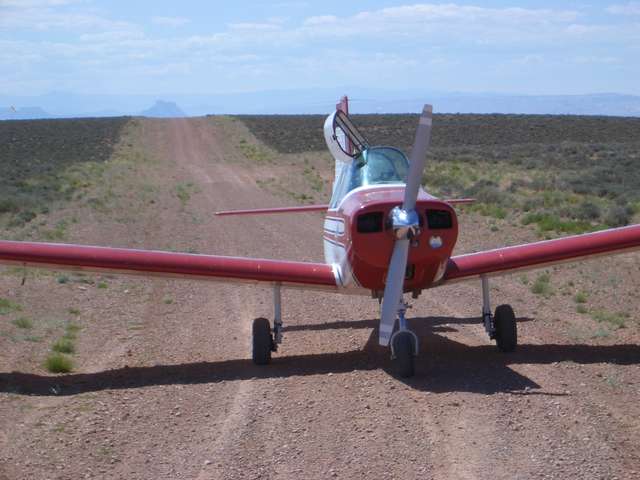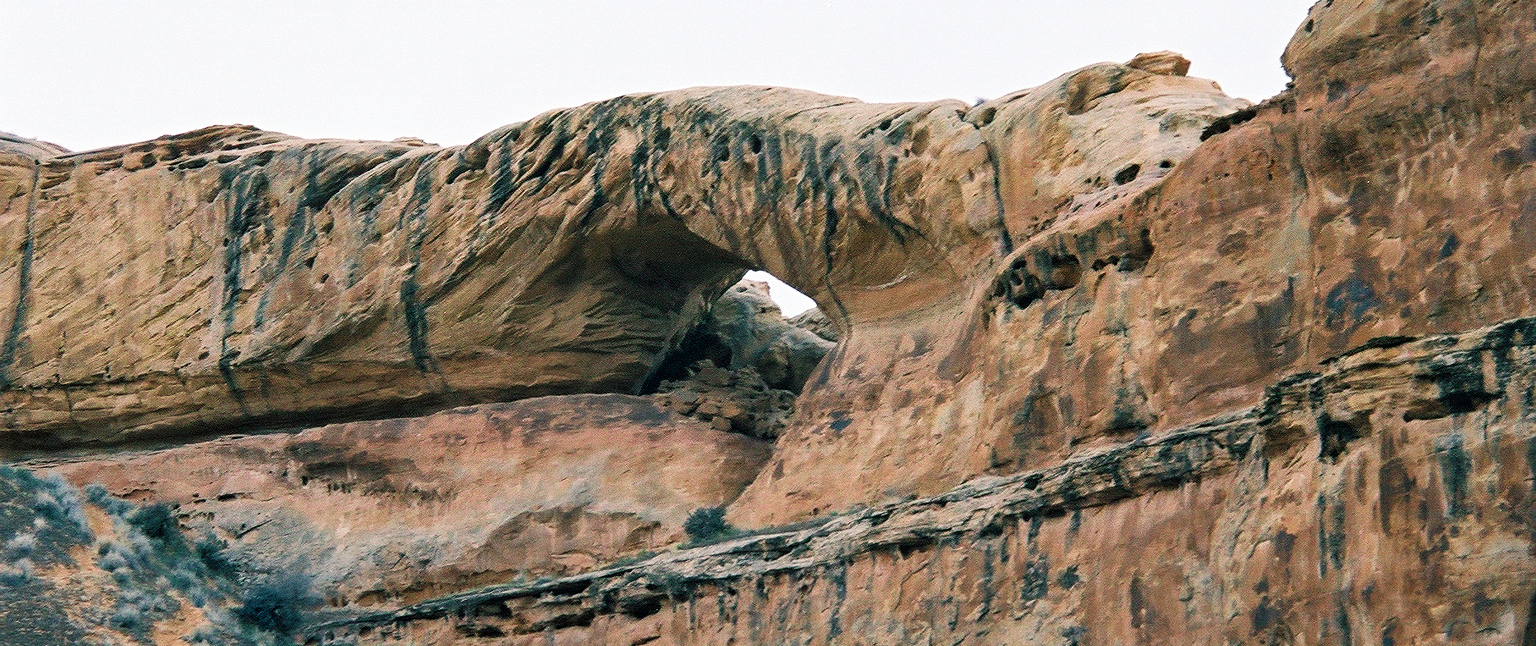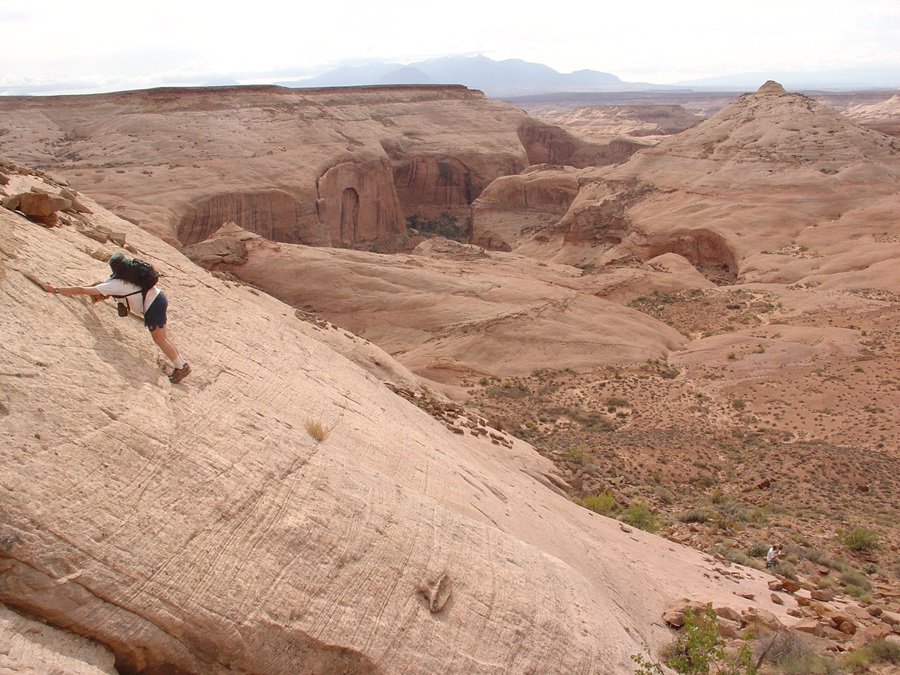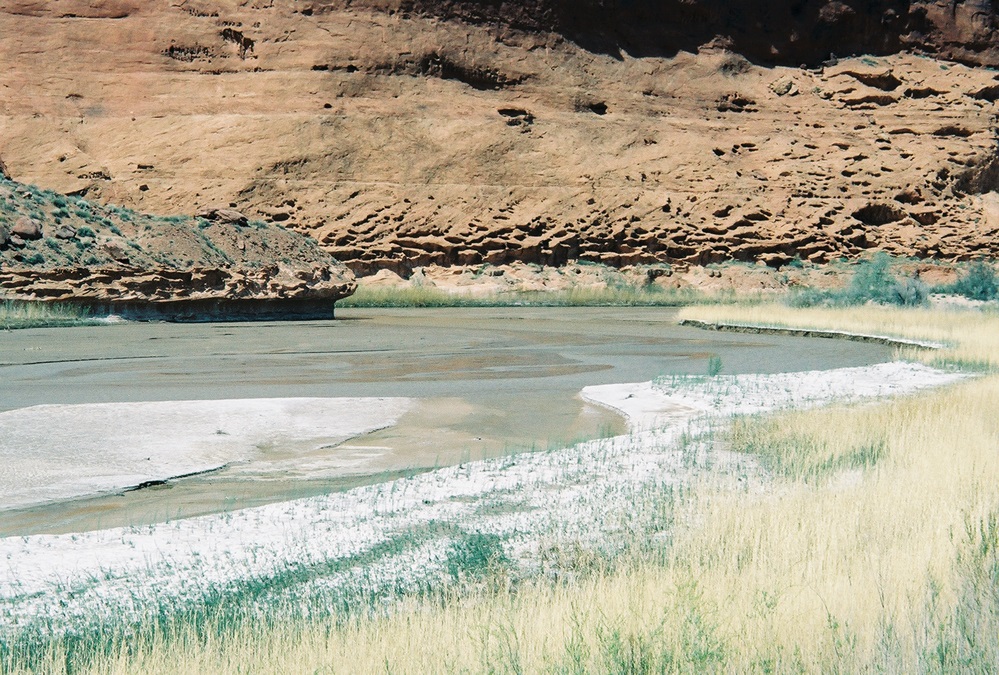Hike, climb remote Robber's Roost
Explore the canyons of Angel Point, Utah
Thinking about flying to one of Utah’s outstanding backcountry airstrips? Angel Point makes an excellent choice. The scenery is very representative of Utah’s red rock, with plenty of hiking in all directions. Deserted as the area is now, it’s loaded with history. Meander down to the Dirty Devil River, named by John Wesley Powell, to find ancient petroglyphs. The airstrip is on the Outlaw Trail used by Butch Cassidy and his Wild Bunch, as well as other outlaws. Rumor has it there’s buried treasure in the surrounding canyons. You can backpack to Robber’s Roost Canyon and look for Butch’s signature in the rocks, or just marvel at the fascinating way water has carved the sandstone in the narrow slot canyons.
Before flying to any Utah backcountry airstrip, order a copy of Galen Hanselman’s Fly Utah! and his Utah Supplemental WAC Chart. The two-volume book covers just about every usable airstrip in the state and supplies vital information in the form of aerial photos, diagrams that depict runway dimensions and slope, plus surrounding terrain. The book also details what to do on the ground and provides area history. The laminated chart depicts the strips, including 57 that have never been shown on an aeronautical chart before.

The surface is dirt and gravel, with some sand. You never know if the windsock will be up, blown over, or gone. Drag the strip first to make sure it isn’t obstructed or wet, and watch for ATVs, cyclists, or cattle. Runway 2/20 is only 1,847 feet long by 20 feet wide, with lips and steep dropoffs at both ends, so Runway 10/28, at 2,695 feet (excluding overruns) by 20 feet, is recommended if wind permits. Do not land on Runway 28 before the intersection; this 1,023-foot overrun is unusable, as is the first 55 feet of Runway 10, which also has a couple of humps near the approach end. The Richfield office of the Bureau of Land Management may have information on the condition of the strip, or you can contact the Utah Back Country Pilots Association.

You can explore as much or as little as you like, but come prepared, because you probably won’t see any other people. Remember that poor lad whose arm got caught under a boulder in a slot canyon and he had to cut off his arm? That was in Bluejohn Canyon, not far from here. Lesson: Bring water, food, maps, and gear (a satellite tracker is great too), and tell people where you are going and when you plan to return, so a search can be instituted if you don’t.
Numerous hikes can be taken from the airstrip, including to Angel Cove, up Robber’s Roost Canyon, down Mindbender Canyon in the Little Fork of Robber’s Roost Canyon, and a loop hike down the South Fork of Robber’s Roost Canyon to the river and then up Larry’s Canyon and back to your airplane. See photo captions for descriptions of all these hikes. Read Steve Allen’s Canyoneering 2: Technical Loop Hikes in Southern Utah, or Michael R. Kelsey’s Canyon Hiking Guide to the Colorado Plateau, Technical Slot Canyon Guide to the Colorado Plateau, or Hiking and Exploring Utah’s Henry Mountains and Robber’s Roost for more details.
Some people devote their entire lives to exploring the canyons, buttes, and mesas of Utah’s redrock country, returning again and again for a peace and perspective they can find nowhere else on Earth. Fly to Utah and experience it yourself!

Share your favorite destination in the AOPA Hangar: Places to fly, things to do, where to eat!


















